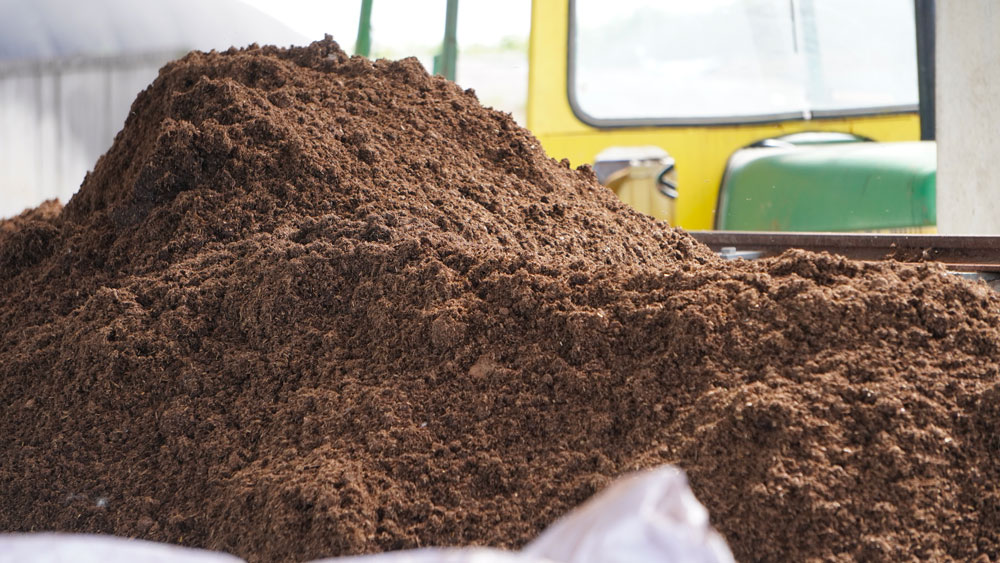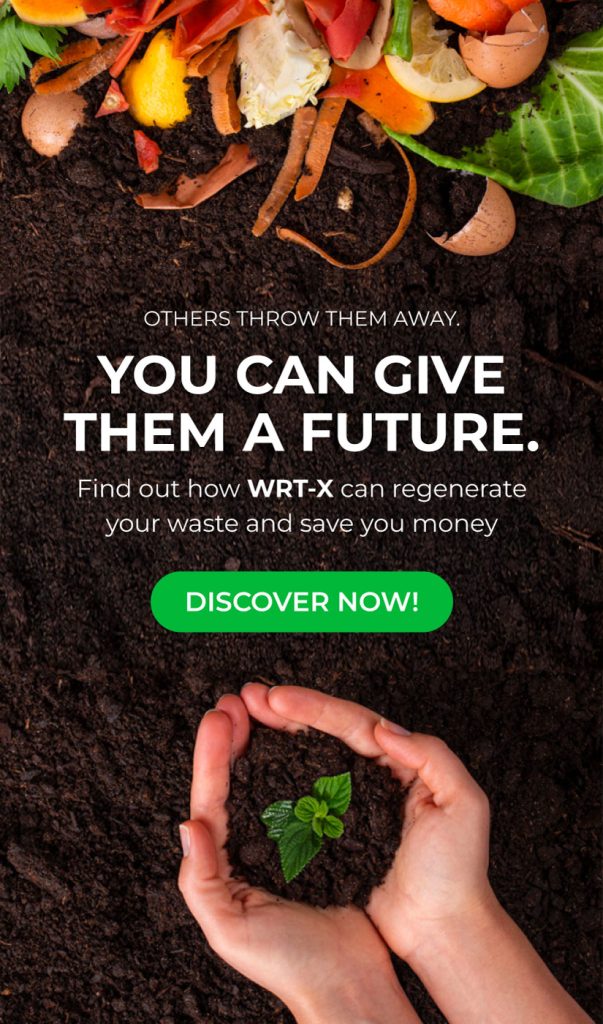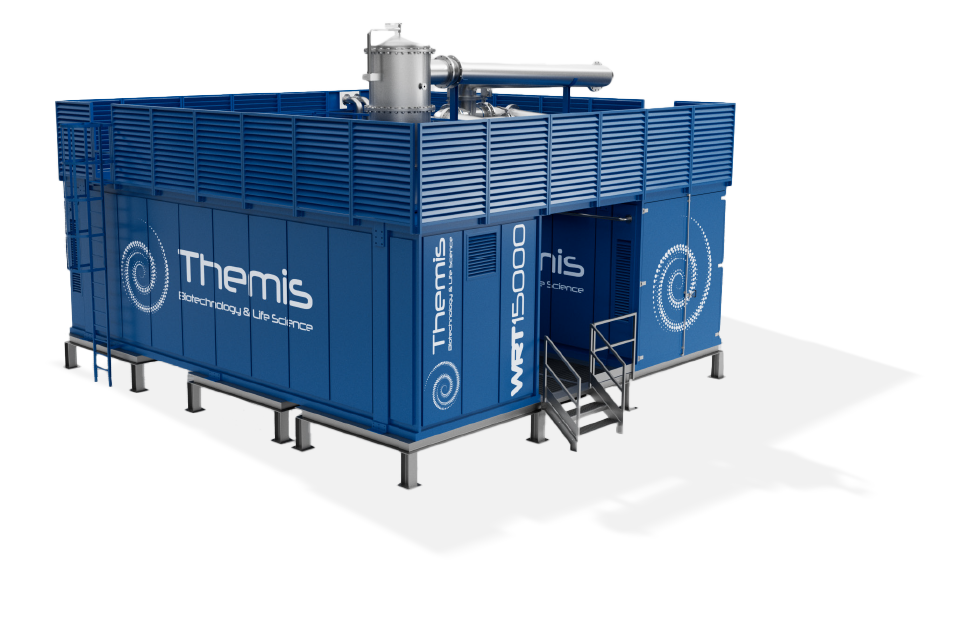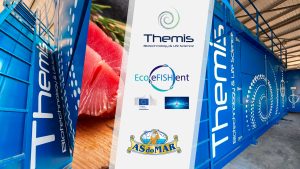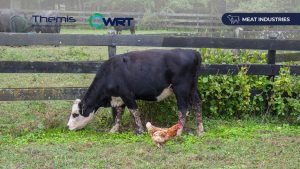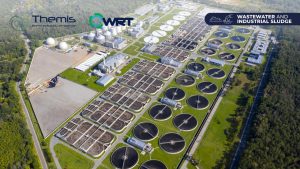In today’s world, where environmental sustainability is no longer optional but essential, digestate plays a key role in the ecological transition. It’s about turning a byproduct into a valuable resource, following the principles of a true circular economy. Producing biogas from organic materials is now one of the most practical ways to reduce carbon emissions in agriculture and manage organic waste. Yet one part of this process often goes unnoticed: digestate, the material left after anaerobic digestion. Frequently underestimated, it actually holds enormous potential—agronomic, environmental, and economic alike.
What digestates are and how they are produced
Digestate is the semi-liquid residue obtained at the end of the anaerobic digestion process, during which microorganisms break down organic matter (such as livestock manure, agro-industrial waste, the organic fraction of municipal solid waste, or energy crops) in the absence of oxygen. During this process, biogas is produced – a mixture of methane and carbon dioxide – and what remains is a seemingly secondary material, but in fact rich in valuable elements for soil and plants.
Solid and liquid digestate
Digestate can appear in either liquid or solid form, depending on the treatment applied after digestion. It can be mechanically separated into two fractions – solid and liquid – or further refined through specific technologies such as drying, composting, or concentration.
Digestates in agriculture: properties and benefits
Digestate as a natural organic fertilizer
From an agronomic perspective, digestate acts as a natural organic fertilizer, capable of providing the soil with a balanced combination of macro- and micronutrients. Its nitrogen content, partly in the form of readily available ammoniacal nitrogen, makes it particularly suitable as a substitute for synthetic nitrogen fertilizers. Moreover, the presence of phosphorus, potassium, and secondary elements such as calcium, magnesium, and sulfur contributes to the complete nourishment of crops, improving both yield and quality.
Differences with traditional chemical fertilizers
In addition to its nutritional aspects, digestate is also a source of stabilized organic matter, which plays a fundamental role in improving the physical structure of the soil. Soil rich in organic matter is more porous, retains moisture more effectively, and promotes microbial life—factors that make crops more resistant to environmental stress. In the long term, the use of digestate can help regenerate depleted soils and maintain high levels of fertility without relying on aggressive chemical inputs.
Environmental impacts and sustainability
The use of digestate in agriculture also brings significant benefits from an environmental perspective.
Contributes to decarbonizing agriculture
First of all, it allows a substantial reduction in dependence on mineral fertilizers, whose production is highly energy-intensive and often based on imported raw materials.
Supports the circular economy
The use of digestate helps close the nutrient cycle: what comes from the soil returns to it, creating a virtuous circular system with a significantly lower environmental impact compared to the traditional management of livestock manure or agricultural residues.
Helps reduce greenhouse gas emissions
Another important aspect is the reduction of climate-altering emissions. Unlike the direct spreading of livestock manure, which can release large amounts of methane and ammonia into the atmosphere, the use of digestate after anaerobic digestion limits these losses, especially if applied efficiently and integrated with sustainable agricultural practices. This contributes to improving the overall greenhouse gas balance of the entire agricultural supply chain.
Legislation on digestates: what the law provides
The use of digestates in agriculture is regulated by precise rules that define their requirements, limits, and opportunities, aiming to ensure both environmental safety and agronomic quality.
European and italian regulations on fertilizers
At the European level, Regulation (EU) 2019/1009 introduced clear criteria for placing fertilizers on the market, including digestates among the products that can obtain the CE marking if they meet specific quality and safety standards. European legislation promotes nutrient reuse and reduces dependence on chemical fertilizers, in line with the Green Deal and circular economy strategies.
In Italy, digestates have been officially recognized as fertilizers by Legislative Decree 75/2010 75/2010, provided they come from authorized plants and compliant feedstocks. This means they can be used on agricultural soils without falling under the restrictions applied to livestock manure. However, the provisions established by Legislative Decree 75/2010 152/2006 on environmental protection and the Nitrates Directive 91/676/EEC, which sets limits in areas vulnerable to nitrate pollution, must still be respected.
Management and treatment of digestates: technologies and innovation
In order for digestate to fully realize its potential, conscious management supported by appropriate technologies is necessary. The quality of this material depends on many factors: the input biomass, the stability of the digestion process, and the methods of storage and post-process treatments. Without adequate tools, there is a risk of failing to properly valorize digestate, thereby losing agronomic, economic, and environmental opportunities.
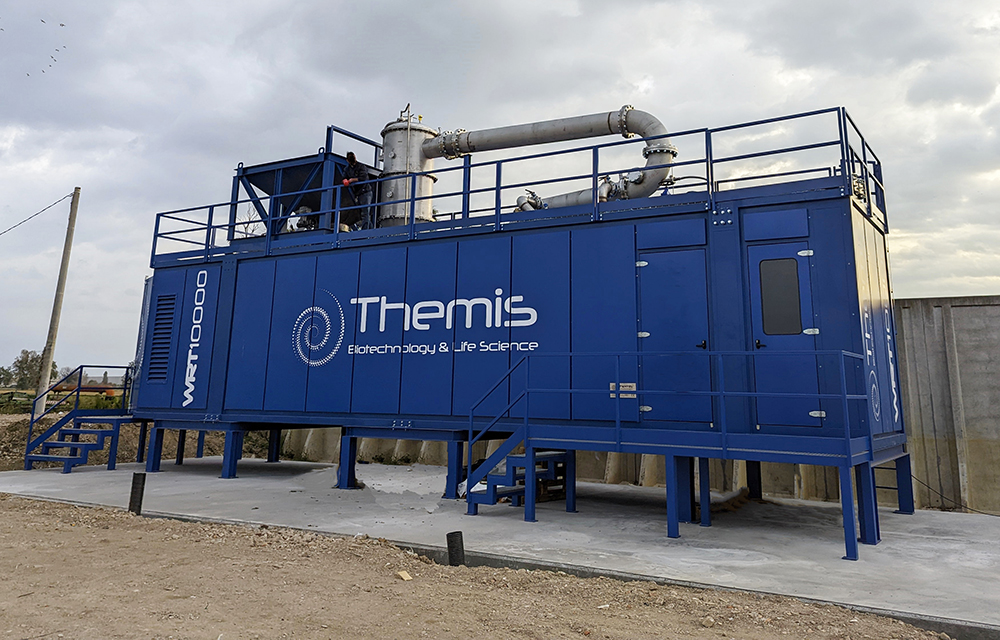
The WRT technology
In this context, Themis introduces the WRT technology, which allows digestate to be treated in a flexible and modular way, fully integrable with biogas production and operating immediately after the anaerobic digestion phase.
Our solution transforms digestate into a stable dry product, easy to store and handle, reducing management time and costs compared to traditional material. The “batch” processing phase requires only a few hours to reach the desired dryness, making the plant fast and efficient, with minimal energy consumption and a reduced environmental impact.
Moreover, the low-temperature process preserves the organoleptic properties of the matrix and allows enrichment with biological additives, further enhancing its value for use as a soil amendment and biostimulant. Once validated according to current regulations, this product can be reused or marketed in the agricultural sector, improving soil fertility, supporting crop growth, and creating new economic opportunities for farms.
Thanks to WRT, a complex by-product becomes a strategic resource capable of generating economic value and ecological benefits: it reduces dependence on chemical fertilizers, closes the nutrient cycle, and supports more sustainable agriculture.
Viewing digestate solely as a by-product of biogas production reflects an outdated perspective of the supply chain. In reality, digestate can and should be conceived as a strategic resource within an integrated agricultural system, where energy, nutrients, and organic matter flow in balance.
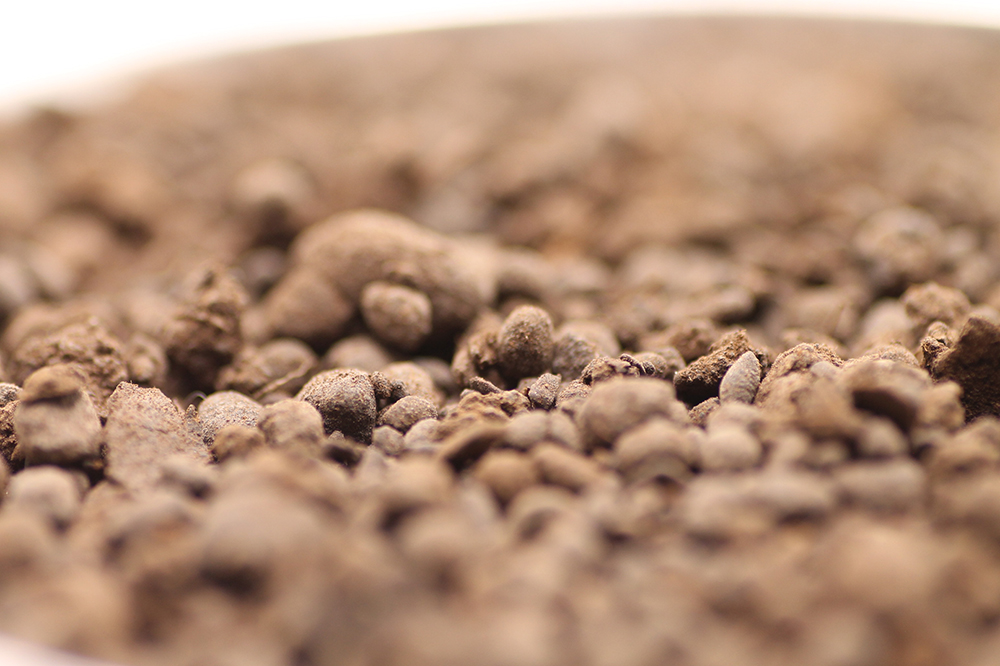
The future of digestates in regenerative agriculture
In a future scenario, which is already partly a reality in many Italian and European farms, digestates represent the meeting point between regenerative agriculture, intelligent waste management, and renewable energy production. Farms can become energy and environmental hubs, capable of producing food, energy, and fertility, while significantly reducing impacts and greatly increasing resilience.
The challenge will be to continue investing in innovation, research, and training, so that digestate is perceived as an opportunity rather than a constraint. In this process, expertise, technologies, and vision play a key role. With its experience and integrated approach, it is ready to support this transformation, promoting a model in which nothing is wasted and everything is transformed. From biogas to soil, through digestate: this is where the real challenge of sustainable agriculture lies.

